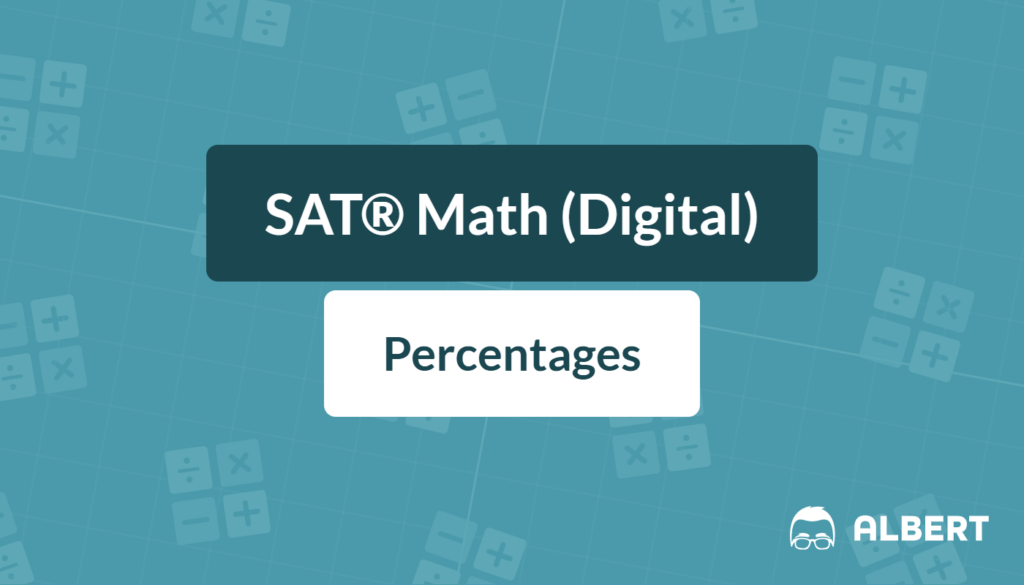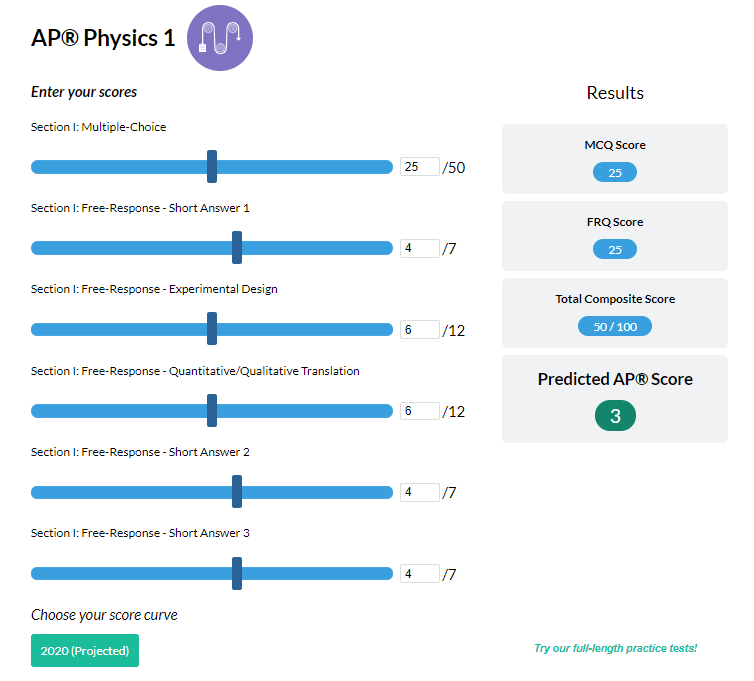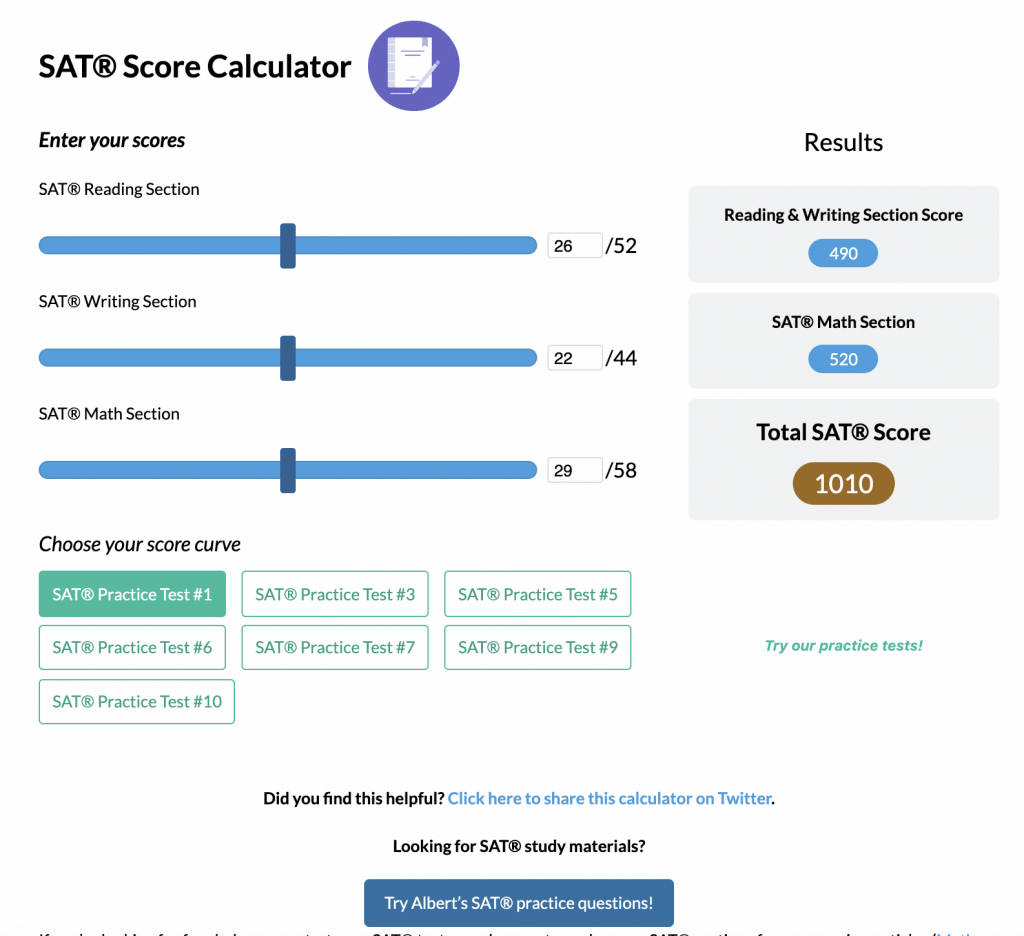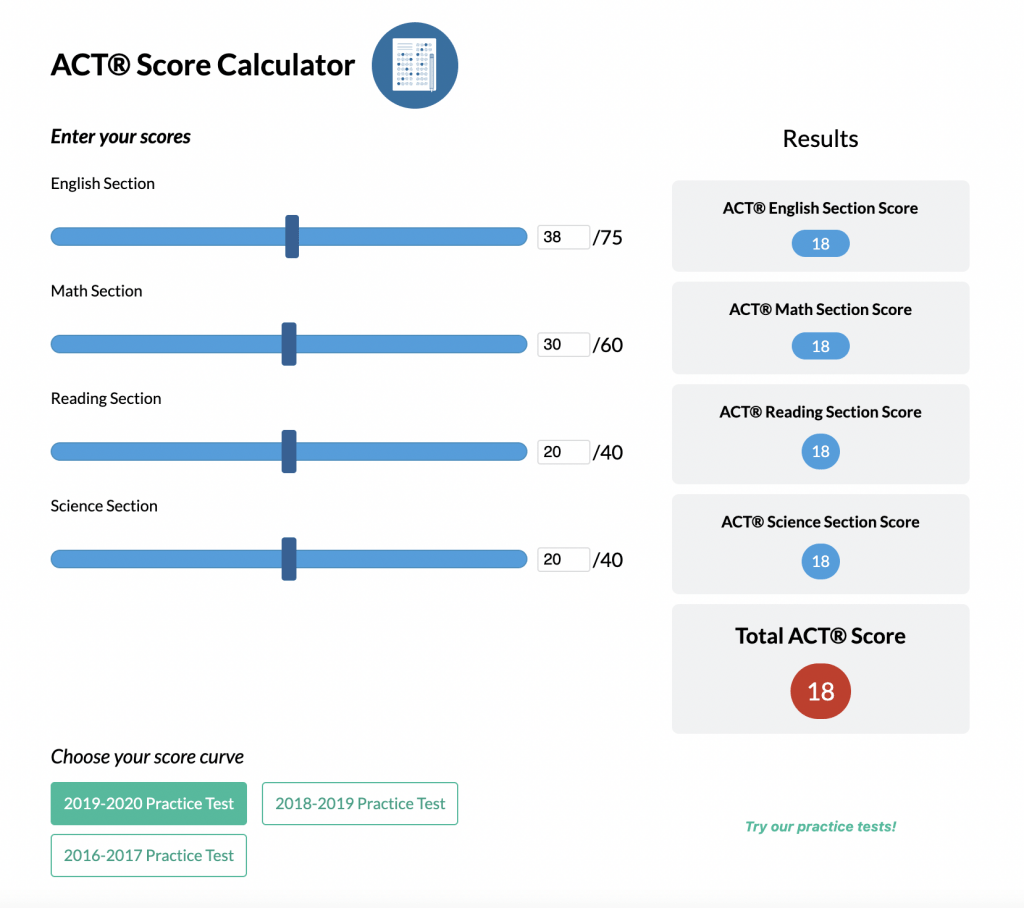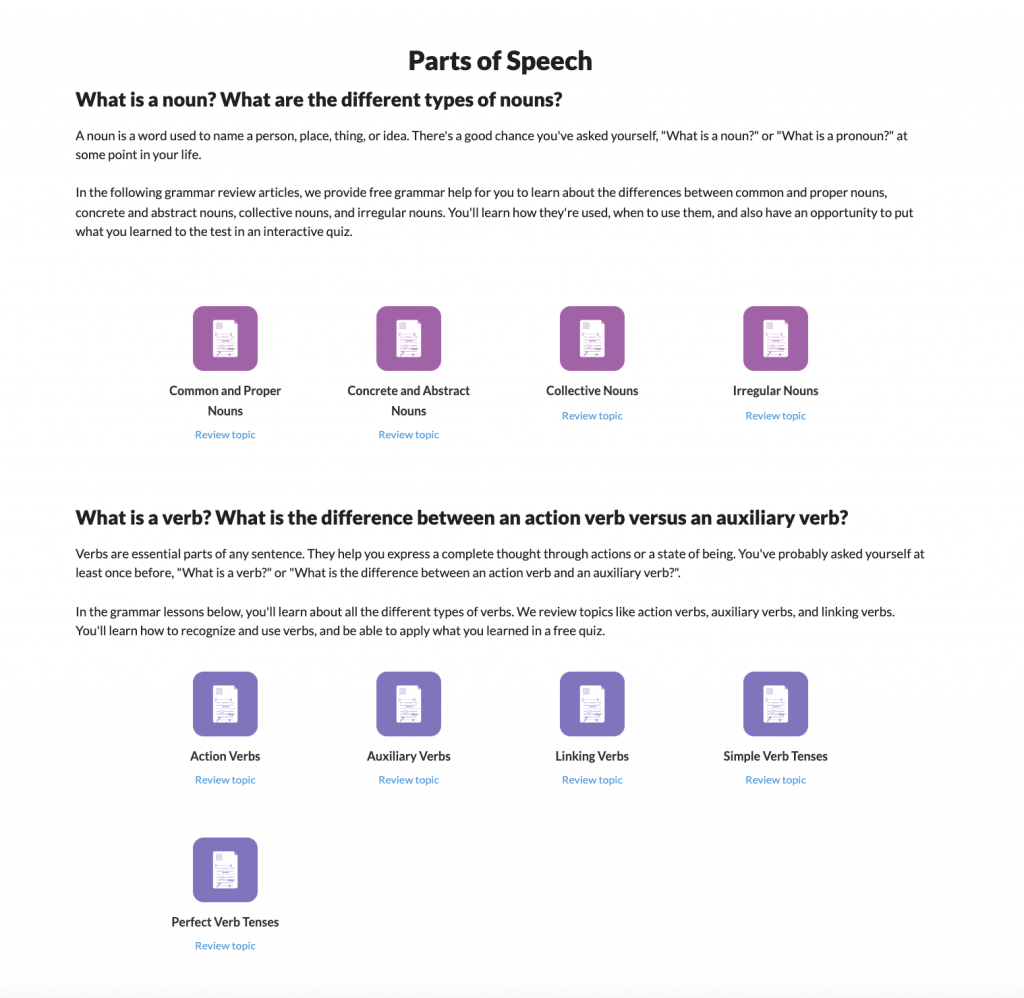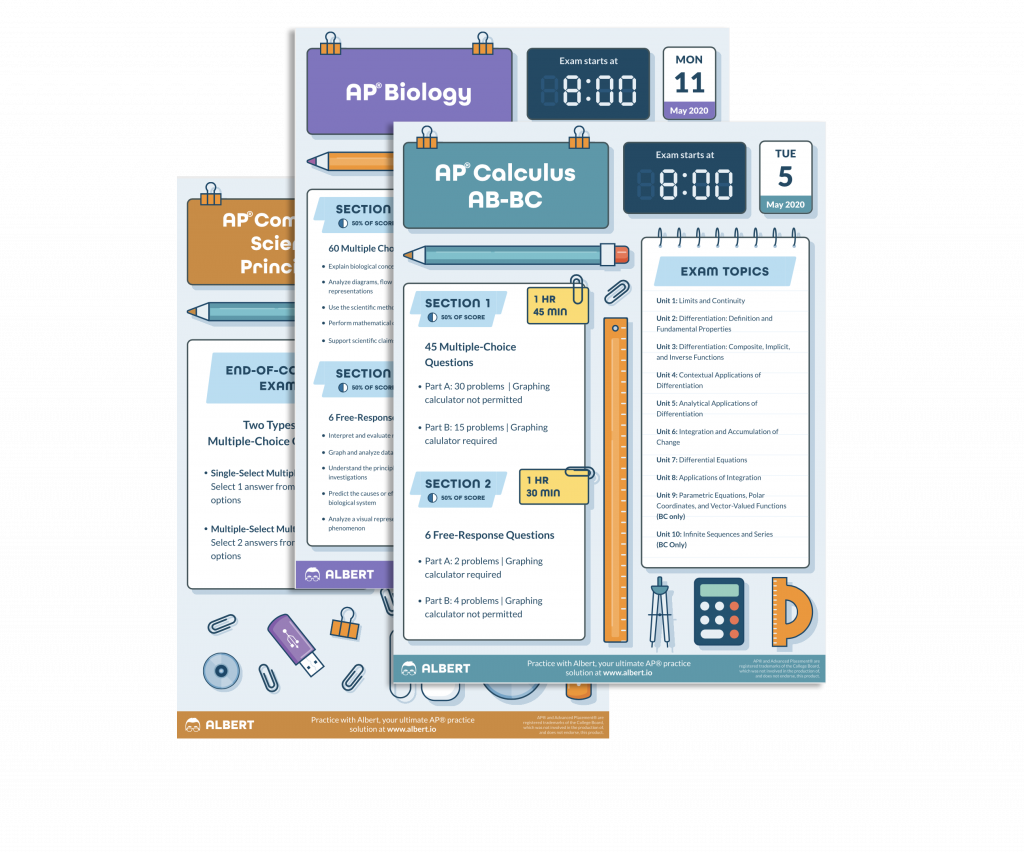Percentages show up everywhere on the SAT® Math section: from sale prices to compound interest. Therefore, mastering percentages, percent change, and growth factors can boost a score quickly. This guide offers clear explanations, step-by-step examples, and a quick-reference chart so that any high-school student can turn tricky SAT® percentage problems into easy points.
What We Review
Percent Basics – The Language of “Per Hundred”
A percent tells how many parts out of 100. The symbol “\%” literally means “per hundred.” Understanding this single idea unlocks every other percentage skill on the SAT®.
What Is a Percent?
- 25\% means “25 out of 100.”
- 100\% represents the entire quantity.
- 250\% indicates 2.5 times the original amount.
Converting Among Fractions, Decimals, and Percents
Because SAT® questions switch formats often, quick conversion is essential.
Quick rules:
- Percent ➔ Decimal: move decimal point two places left.
- Decimal ➔ Percent: move decimal point two places right.
- Fraction ➔ Percent: divide to create a decimal, then convert.
Example
Convert 37.5\% to a fraction in simplest form.
Step 1. Percent to decimal:
37.5\% = 0.375
Step 2. Decimal to fraction:
0.375 = \dfrac{375}{1000} = \dfrac{3}{8}
Answer: \dfrac{3}{8}
Visual Analogy: Percent Bar
Imagine a rectangle split into 100 equal squares. Shading 60 squares lets anyone “see” 60\%. On the test, a quick sketch like this helps check work.

Finding a Percent of a Number
Formula:
\text{part} = \text{percent (decimal)} \times \text{whole}
Example
What is 18\% of 250?
- Convert 18\% to decimal ➔ 0.18
- Multiply: 0.18 \cdot 250 = 45
Therefore, 18\% of 250 equals 45.
Finding What Percent One Number Is of Another
Formula:
\text{percent} = \dfrac{\text{part}}{\text{whole}} \times 100%
Example
44 is what percent of 80?- Divide: \frac{44}{80} = 0.55
- Convert to percent: 0.55 \times 100% = 55%
So, 44 is 55\% of 80.
Percent Change & Growth Factor
Percent change compares an old value to a new value.
\text{percent change} = \dfrac{\text{new} - \text{old}}{\text{old}} \cdot 100%
- If new > old, the result is a percent increase.
- If new < old, the result is a percent decrease.
Growth Factor Connection
Add 1 to an increase rate or subtract from 1 for a decrease rate. For example, a 5\% increase matches a growth factor of 1 + 0.05 = 1.05. A 12% decrease uses 1 - 0.12 = 0.88.
Example: Percent Increase
A price jumps from \$60 to \$75.
- Difference: 75 - 60 = 15
- Divide by old: \dfrac{15}{60} = 0.25
- Percent: 0.25 \times 100% = 25%
Growth factor = 1.25.
Example: Percent Decrease
A mass drops from 120 g to 96 g.
- Difference: 96 - 120 = -24
- Divide: \frac{-24}{120} = -0.20
- Percent: -0.20 \times 100% = -20%
It is a 20\% decrease; growth factor = 0.80.
Percentages ≥ 100\% simply mean the new value is greater than the original. A 150\% increase, for instance, means the amount becomes 2.5 times larger (growth factor = 2.50).
Real-World Applications You’ll See on the SAT®
Discounts and Sale Prices
Two methods exist.
Method A – Subtract then multiply:
\text{Sale price} = \text{original} – \text{discount amount}
Method B – Use growth factor:
\text{Sale price} = \text{original} \cdot (1 – \text{discount decimal})
Example
An \$80 jacket is 30\% off. What is the sale price?
Growth factor = 1 - 0.30 = 0.70.
80 \times 0.70 = 56
Sale price = \$56.
Sales Tax and Tips
Add-on percentages raise the cost.
\text{Total cost} = \text{price} \cdot (1 + \text{tax decimal} + \text{tip decimal})
Example
A meal costs \$25. After 8\% tax and 15\% tip (on the pre-tax price), what is the total?
- Tax: 25 \times 0.08 = 2
- Subtotal: 25 + 2 = 27
- Tip: 25 \times 0.15 = 3.75
- Total: 27 + 3.75 = 30.75
Simple Interest
Formula: I = P r t where P = principal, r = annual interest rate (decimal), t = years.
Example
\$600 earns simple interest at 8\% annually for 3 years.Interest: 600 \times 0.08 \times 3 = 144
Total balance: 600 + 144 = 744
Successive Percent Changes & Compound Situations
Multiply factors, never add percents.
Example
A laptop is 10\% off, then an 8\% sales tax is applied to the discounted price.
- Discount factor: 0.90
- Tax factor: 1.08
- Combined factor: 0.90 \times 1.08 = 0.972
So, the final price equals 97.2\% of the original.
Percentages Beyond 100 %
Suppose a population grows from 400 to 1{,}000. The growth factor equals \frac{1000}{400} = 2.5. Therefore, the percent increase is (2.5 - 1) \times 100% = 150%. Numbers like 250\% or a factor of 2.5 simply indicate values more than double the starting amount.
SAT®-Style Multi-Step Challenge Problem
A store marks a computer at \$1{,}200. During a promotion, the computer is discounted 15\%. After the discount, a coupon takes another \$75 off. Finally, a 6\% sales tax is added to the discounted price after the coupon. What is the final amount paid?
Solution
- First discount: growth factor 0.85
- 1200 \times 0.85 = 1020
- Apply \$75 coupon: 1020 - 75 = 945
- Add tax: 945 \times 1.06 = 1001.70
Final price = \$1{,}001.70
Common Pitfalls & Quick Checks
- Forgetting to convert the percent to a decimal before multiplying.
- Subtracting the percent number instead of the factor. For instance, 20\% off is not “100\% – 20\% = 80”; instead, use factor = 0.80.
- Adding successive percents instead of multiplying factors.
- Neglecting estimation. A 10\% change is roughly “move the decimal one place,” a quick sanity check against wild answers.
Quick Reference Chart – Key Vocabulary & Formulas
| Term | Definition | Sample Conversion / Formula |
| Percent | Parts per 100 | 45\% = \frac{45}{100} = 0.45 |
| Growth Factor | Multiplier linked to percent change | 12\% increase ➔ factor 1.12 |
| Percent Change | How much a value rises or falls relative to the original | \dfrac{\text{new} - \text{old}}{\text{old}} \cdot 100% |
| Simple Interest | Interest earned without compounding | I = P r t |
| Discount Factor | Multiplier after a markdown | 30\% off ➔ 0.70 |
| Compound Change | Successive changes multiplied | 20\% off then 5\% tax ➔ 0.80 \times 1.05 |
Practice Questions
- A video game priced at \$50 is discounted 12\%. What is the sale price?
- After an 18\% decrease, a stock is worth \$65.80. What was its original value?
- A bank account earns 4.5\% simple interest each year. How much interest will \$1{,}200 earn in 2 years?
- A shirt costs \$30 before tax. A store runs a 20\% off sale and then charges 7\% sales tax on the discounted price. What is the final cost?
Solutions
- Sale price = \$44.
- Original value = \$80.
- Interest earned = \$108.
- Final cost = 30 \times 0.856 = \$25.68.
Final Takeaways & Next Steps
Percentages unlock many SAT® Math points, whether calculating percent change, applying growth factors, or dissecting multi-step discounts and taxes. Regular practice using factors, not raw percents, keeps errors away. Next, explore more SAT® Math guides and timed quizzes to sharpen these percentage skills even further. Good luck and keep practicing!
Sharpen Your Skills for SAT® Math (Digital)
Are you preparing for the SAT® Math (Digital) test? We’ve got you covered! Try our review articles designed to help you confidently tackle real-world SAT® Math (Digital) problems. You’ll find everything you need to succeed, from quick tips to detailed strategies. Start exploring now!
Need help preparing for your SAT® Math (Digital) exam?
Albert has hundreds of SAT® Math (Digital) practice questions, free response, and full-length practice tests to try out.

